
JACK KOCH, PhD
Postdoctoral Researcher
Program Summary
Expanding the reach of cryopreservation will be critical to efficient long-term research and storage of biological materials. A major hurdle to this expansion is the time and effort needed to effectively develop cryobiological methods for a new system. In collaboration with the National Resource for Aplysia (NRA, University of Miami, Coral Gables, Florida), the AGGRC is developing cryogenic techniques for biomedical models including the California Sea Hare, Aplysia californica. California Sea Hares have numerous features useful to research communities. The combination of a relatively simple nervous system, massive neurons, and a convenient life cycle provide opportunities to study neurological development and damage, and nervous system aging (senescence). These animals are also useful models for behavioral and learning studies. The advent of genetic manipulation has put additional pressure on national biomedical resource centers and research communities to innovate in cost-effective and long-term animal and genetic materials storage, like cryopreservation. However, cryopreservation alone is not sufficient for organizing and maintaining genetic resources. Cryopreservation must be incorporated into a germplasm repository.
ESTABLISHING A COMPREHENSIVE GERMPLASM REPOSITORY AT THE NATIONAL RESOURCE FOR APLYSIA (NRA)
A germplasm repository integrates genetic resources with information, safe storage, and the research community. For the NRA, we are developing a germplasm repository that will fit into the existing space and procedures that the Center has. Our goal is to build a repository that will be effective in communicating and distributing valuable genetic materials to the Aplysia research communities without putting undue strain on the NRA. This means working closely with the Center as we develop cryopreservation protocols, detailing their current procedures and flow of samples in a process flow map, and envisioning how germplasm repository processes will interact with their current procedures.
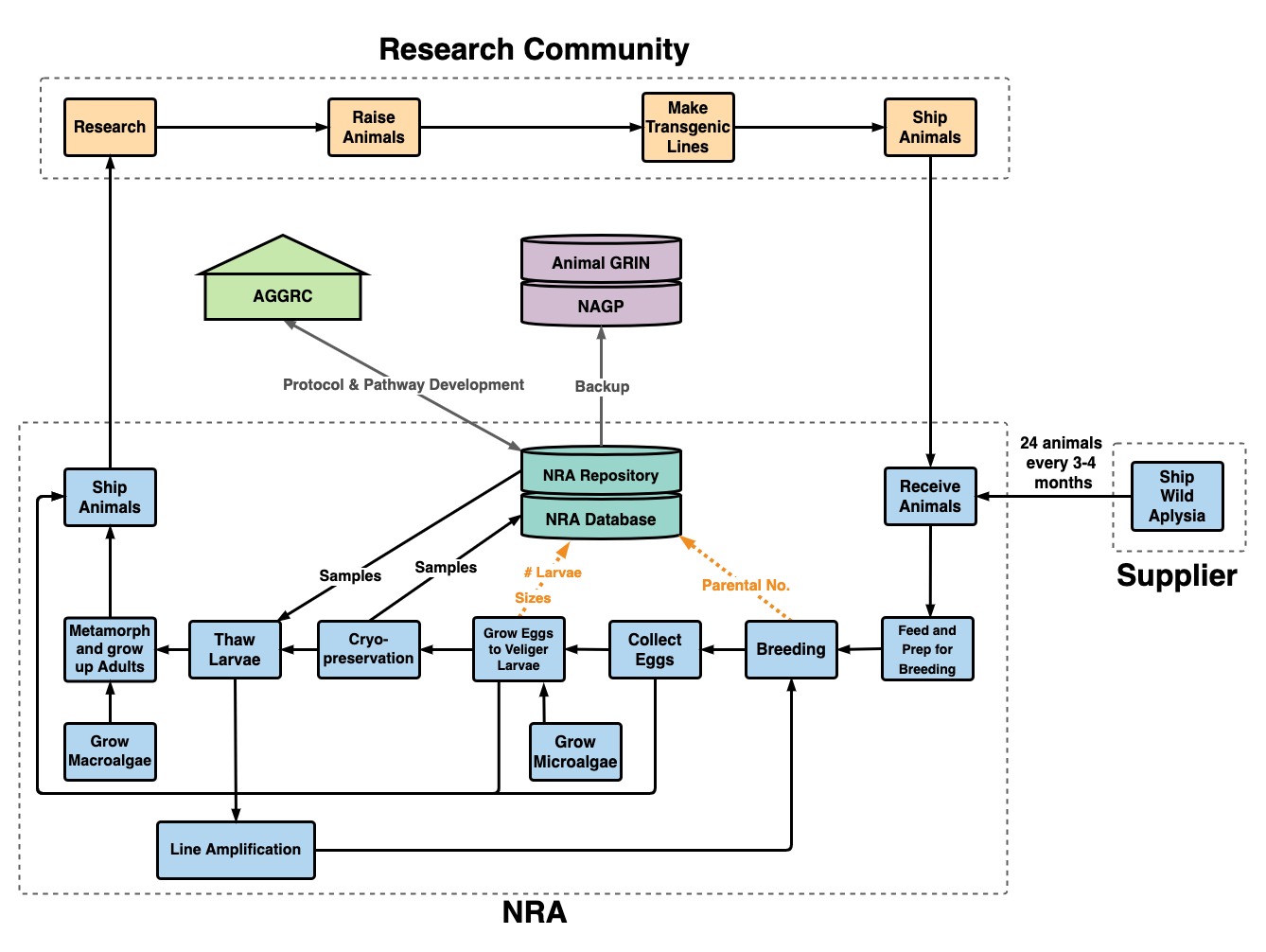
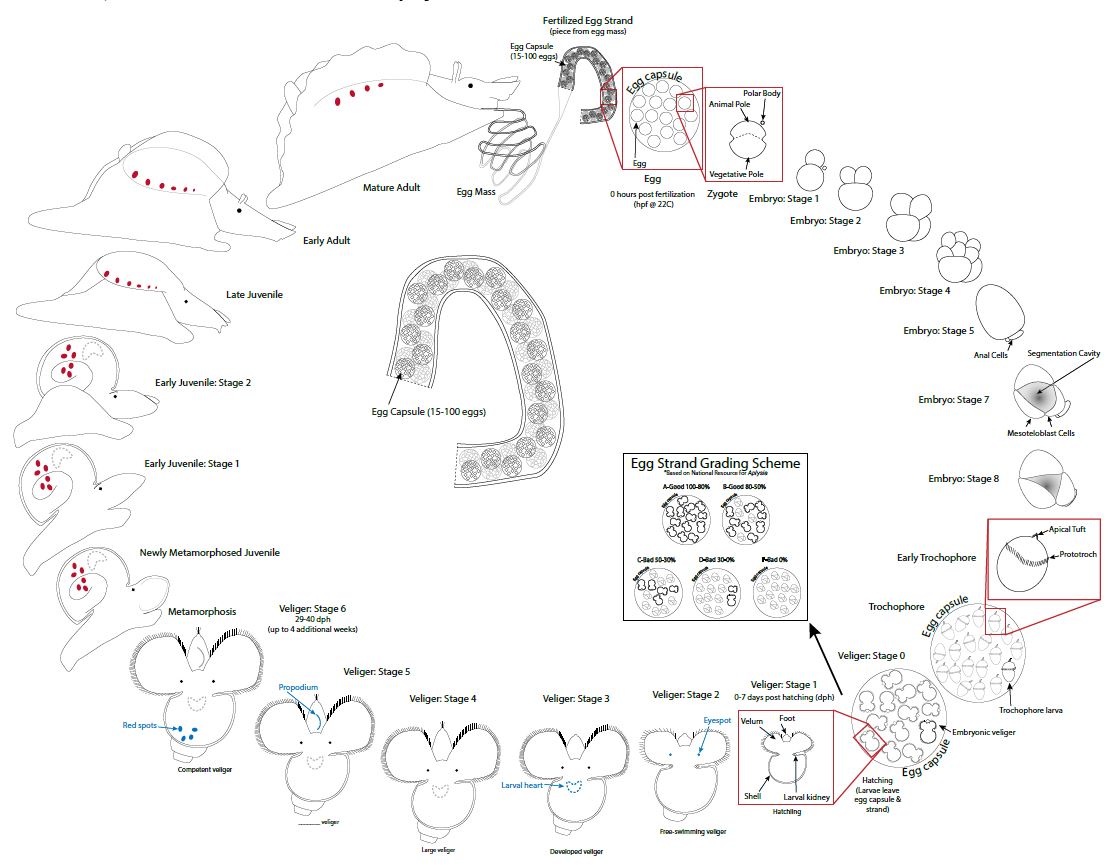
INTEGRATED LIFE CYCLE OF APLYSIA CALIFORNICA
By integrating biological and cryogenic information into one diagram, we are building a comprehensive graphic that can aid in characterizing Aplysia developmental stage and deciding when and how to best cryopreserve early life stages. This will include developmental timing under different temperature environments and, we hope to incorporate a degree days calculation to assist in determining what stages embryos and larvae are at given temperatures they have experienced.
DEVELOPING STANDARDIZED CRYOGENIC TECHNIQUES FOR EARLY LIFE STAGES OF APLYSIA CALIFORNICA
Cryopreserving organisms becomes increasingly complex as cell numbers increase and organs develop. This is one reason why cryopreservation efforts have focused on sperm as a genetic resource. The cryopreservation of eggs presents its own challenges, largely due to their size and lipid content. Although it may be possible to preserve sperm, Aplysia californica are simultaneous hermaphrodites with complicated internal fertilization that would make use of gametes impractical. These limitations provide opportunities and challenges to explore cryopreservation in other life stages of Aplysia, like their charismatic veliger larvae. Two approaches will be taken to explore cryopreservation for Aplysia embryos and larvae: equilibrium cryopreservation and vitrification.
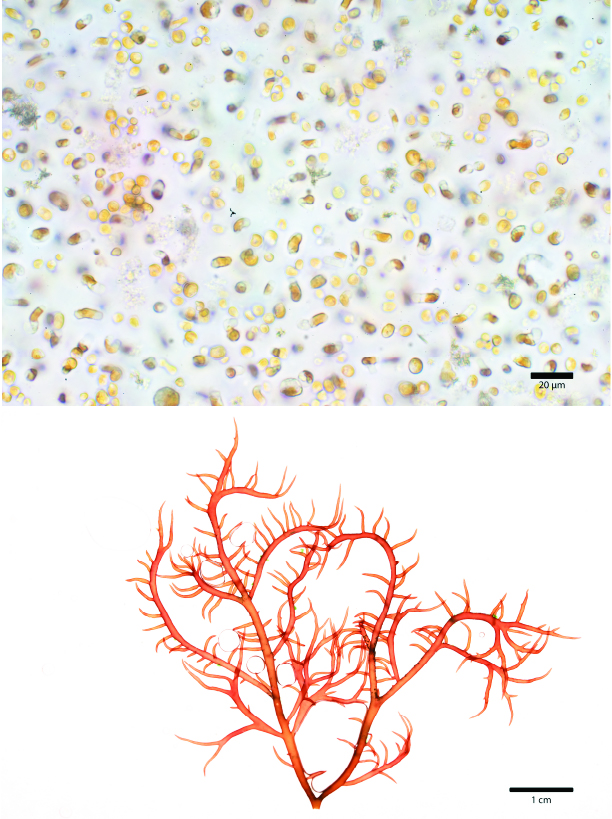
STANDARDIZING CRYOGENIC TECHNIQUES FOR ALGAL SPECIES USED TO FEED APLYSIA.
Cryopreservation of algal species is not a novel concept, even for the microalgal species used to feed larval Aplysia californica. The methods for cryopreservation of these species can vary among laboratories. By standardizing the protocols and processes used to cryopreserve the microalgal species used to feed larval Aplysia, Chaetoceros muelleri and Tisochrysis lutea (formerly Isochrysis affinis galbana [Tahini isolate (T.iso)]), we can expand access to these technologies and ensure a reliable supply of algal seed cultures for the NRA. Macroalgal cryopreservation is not as common but has had a growing body of literature and application in the last few years. Cryopreservation of the macroalgae, Agardhiella subulate, used to metamorphose and feed juvenile and adult Aplysia is important because the macroalgal cultures are much more susceptible to disease or bacterial outbreaks and mortality.
Team Members

Alyssa Oune - Graduate Student, School of Renewable Resources, LSU
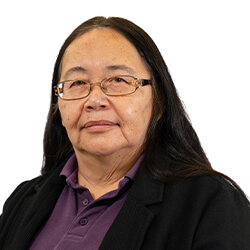
Teresa Guiterrez-Wing - Associate Research Professor, School of Renewable Resources, LSU

Mason Bailey - Undergraduate Student Worker
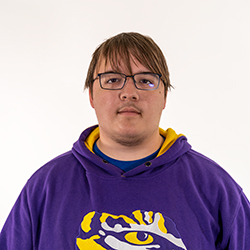
Owen Plaisance - Undergraduate Student Worker

Angelica Nguyen - Undergraduate Student Worker

Irving Theng - Undergraduate Student Worker
Collaborators
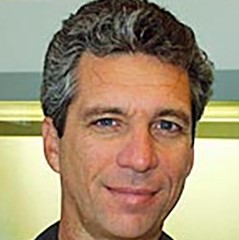
Michael C. Schmale - Director, The National Resource for Aplysia and Professor, Dept. of Marine Biology and Ecology, University of Miami
Lynne A. Fieber - Associate Professor Co-PI, The National Resource for Aplysia and Professor, Dept. of Marine Biology and Ecology, University of Miami
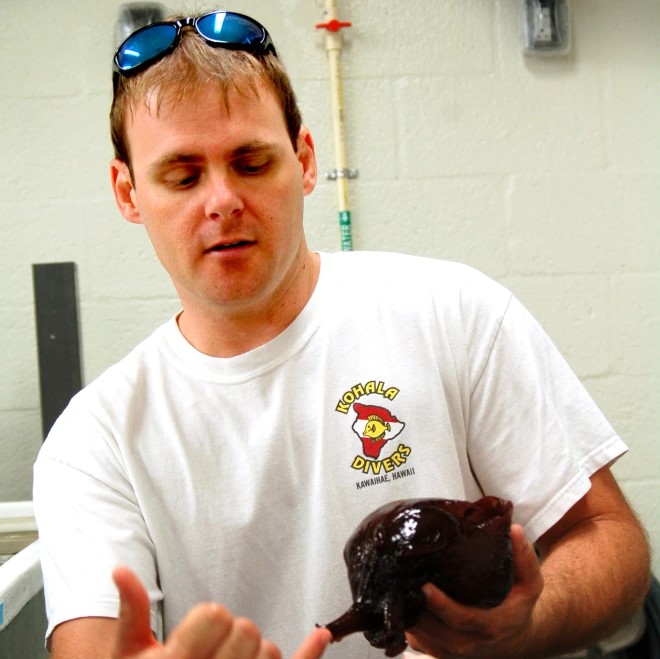
Phillip R. Gillette - Senior Resource Manager, The National Resource for Aplysia
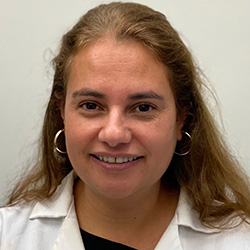
Claudia Alvarz - Assistant Resource Manager, The National Resource for Aplysia
Funding Organizations
